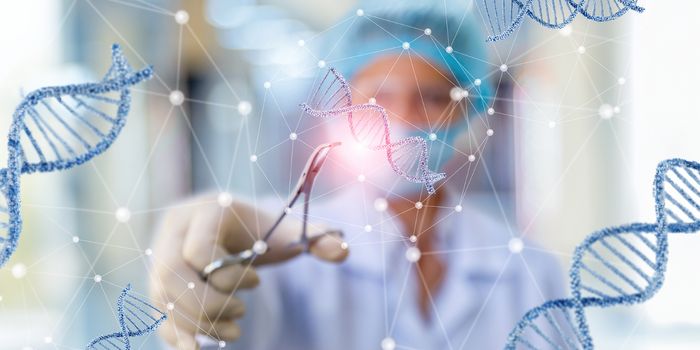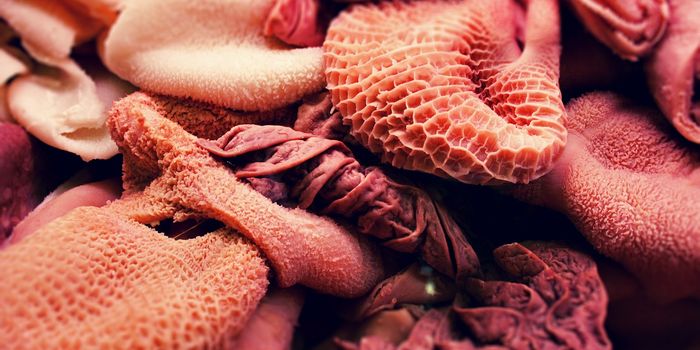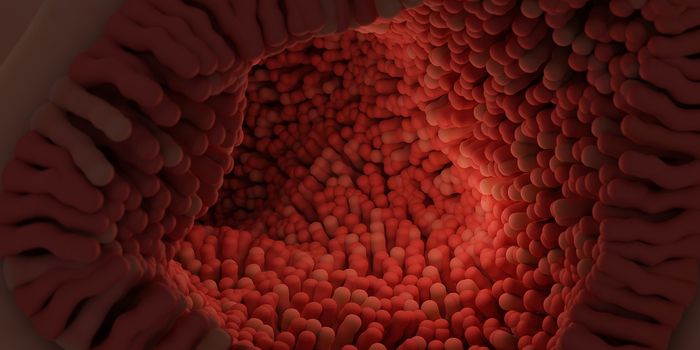Building Synthetic Yeast Chromosomes
Scientists are creating synthetic yeast, broadly aiming to gain a better understanding of the biology of cells. This work began in 2014 with one chromosome and in the latest report, five more chromosomes have been engineered entirely in the lab, and have replaced the natural versions in yeast organisms made by the investigators. Reported in Science, an international collaborative effort including over 200 authors has enabled the latest research from the Synthetic Yeast Project (Sc2.0).
“This work sets the stage for completion of designer, synthetic genomes to address unmet needs in medicine and industry,” says Jef Boeke, the Sc2.0 project director. “Beyond any one application, the papers confirm that newly created systems and software can answer basic questions about the nature of genetic machinery by reprogramming chromosomes in living cells.”
The synthetic genetic material is based on the chromosomes of Saccharomyces cerevisiae yeast, but has been modified for use in research. The investigators removed portions of the yeast genome that can jump around to different places, and edited areas where there are repeats of the same genetic information. Yeast would become the first organism that will eventually have all of its chromosomes exchanged for synthetic ones; the researchers aim to complete the project by the end of this year.
“We’re doing it primarily to learn a little more about how cells are wired,” explained Boeke, a geneticist at the New York University Langone Medical Center. It's also possible that a synthetic yeast organism will be easier to manipulate in the laboratory, researchers could then improve myriad technical and clinical applications, from drug development to biofuel production.
Scientists start making a yeast chromosome by planning the edits as a sort of lab-powered evolution, including consulting previous research to determine which areas can be removed because they are not functional. Collaborator Joel Bader worked with a team at Hopkins to create BioStudio software. Then, synthetic segments of DNA can be assembled into bigger pieces. Those large pieces are then inserted into yeast cells, and the cellular machinery builds chromosomes from those chunks.
The newest publication outlines an improvement made by the researchers in their technique. They used to have to finish creating a synthetic chromosome before they could get to work on the next, now they have developed ways to complete the synthetic sequence builds in parallel. The international teams each made different synthetic segments in yeast strains that were subsequently mated to fast growing yeast, and in many instances, used multiple synthetic portions.
Leslie Mitchell, PhD, a post-doctoral fellow from Boeke’s lab at NYU Langone led work that outlined the build of a yeast strain carrying three synthetic chromosomes. “Steps can be accomplished at the same time in many locales and then assembled at the end, like networking laptops to create a global super computer,” says Mitchell. The research teams have shown that major changes can be introduced into these organisms without killing them.
One paper describing this work included work performed by undergraduate students working with “Build-a-Genome China,” first taught as a class in the United States at Johns Hopkins. Boeke explained that this collaboration is part of a new, global network of “chromosome foundries.. which is building the next generation of synthetic biologists along with chromosomes.”
Sources: ScienceNews, SyntheticYeast.org, Science








